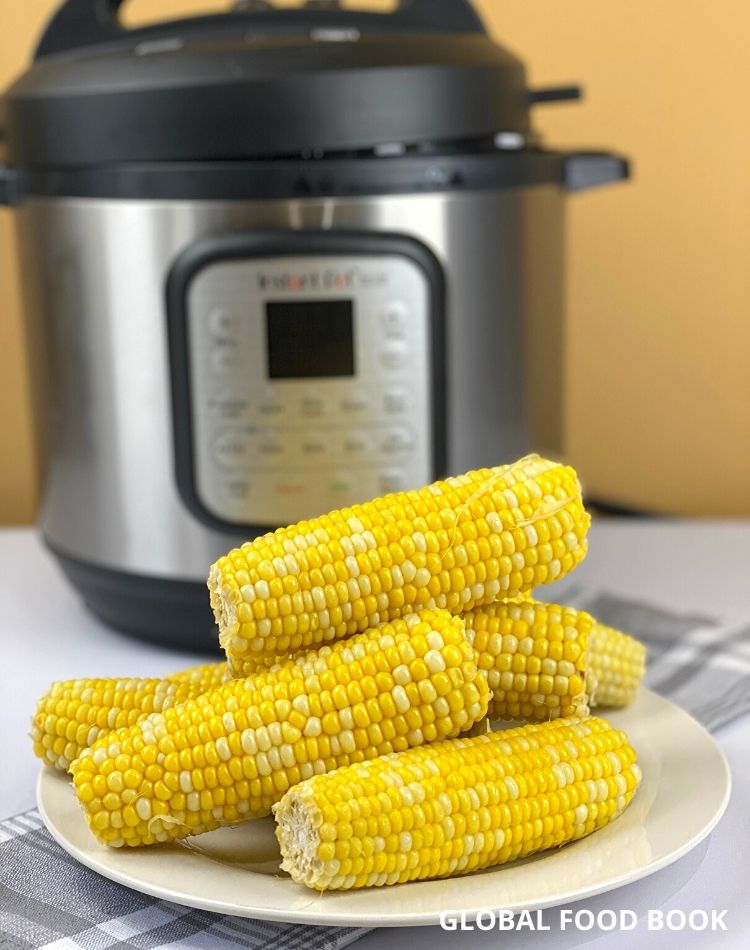
However, without a visible drop, it still doesn't mean that your system is efficient. Some will erroneously believe that you can gauge this efficiency solely by a visible drop in oil pressure. The system's efficiency (the ability to flow oil without additional loads on the oil pump) - which is more of a medium to long term risk as opposed to a short-term risk. Specifically, this is the delta pressure drop efficiency of the entire system. Appreciate your input.Ĭlick to expand.Sleeper, you bring up an excellent point - and a point that can and should be part of any purchasing criteria. While this test may be a just *little* more telling (we’ll actually KNOW if the cooler works or not) it is more demanding of our time and energy to perform.īut is this additional TRACK testing really needed? Your feedback will help us to design the test process and methodology that we need to perform.

and we see if the oil cooler SOLVES those high track temps. Then, in back to back tests - in TRACK conditions that are the same, we repeat the tests with our oil cooler in place…. Perhaps there’s one or two of you that would actually like to see a scenario where the car is in OEM form and we drive it HARD in TRACK conditions on a hot day and we record the high oil temps that many of you (and us) have seen. And if you think this is a good test, then we can take these THOROUGH tests to a similar car/application and we could cite this sound test methodology of our chosen heat exchanger as a basis of how good our next solution is.īut maybe there are a few diehards out there that will want and expect more? If this is the case, and based on our direct experimentation with the Boss 302 platform, we will run our cooler in-series with the OEM cooler - thereby adding additional BTU capability. and we still get these results that PROVE our cooler is better, RIGHT? Please let us know if you think this is sufficient, because we could stop our testing at this point with no need to go further. The beauty (for us) is that it pretty much ignores the BTU cooling capacity of the OEM set-up (the results would be the same if the OEM unit was a 30K BTU cooler or a 100K BTU cooler.) And on our side - we could pretty much blindly replace the OEM cooler with, let’s say a 25K BTU capacity air-to-oil cooler…. You see, this test is not difficult for us. haven’t we PROVEN that our cooler is 40-50 degrees COOLER than the OEM set-up and further, that ALL of your high oil temps at the track will be much better than OEM?

So, FIRST QUESTION: If we are able to conduct these tests and we provided you with results more or less along the lines of these expectations…. As the weather is average, and we are NOT putting any stress on the engine, we will likely see oil temps in the 140-150F range. Now, with the OEM cooler removed, we plot the data from our drive with our air-to-oil cooler in place. What might we see? Well, assuming the car is fully warmed up before the testing, in the first test we would expect oil temps to equal water temps (that’s kinda how water-to-oil coolers work.) So, let’s just assume we have ~210 average water temps and, therefore, ~210 oil temps across the time interval of our gingerly drive. Don’t you think this would be a great test to PROVE our cooler is better than the OEM one?
#THE COBB QUICKY INSTALL#
(No stress testing or track driving - just very careful, steady-state driving in average temperatures.) After collecting this data, we could remove/bypass the OEM water-to-oil cooler and then install our air-to-water cooler and, once again, go collect oil temp data with a very ginger driving style. To PROVE this, we could first leave the car as OEM and go gather some oil temp data - in steady state driving, for example. Let’s suppose, for a moment that we elected to remove the OEM cooler and “prove” that our lone air-to-oil cooler was more effective.
#THE COBB QUICKY SERIES#
A decision must be made to leave this in place and add an air-to-oil cooler in series - or remove the OEM cooler in favor of an air-to-oil cooler. Now, the first point is that the RS already utilizes a water-to-oil cooler.

Let us know if you think they are sufficient. Let me toss out a couple of tests - more or less in the order of how easy it would be for us to provide data. So, with that said, what tests would you like to see that may compel you to a buy decision? But we believe as important, if not more important, is the effectivity (performance) of the solution. Certainly price is one comparison - perhaps the easiest as it is so explicitly available. Further, we were thinking about how you may want to compare our kit to other solutions that may be available. With the kit progressing well, we’d like to get prospective buyer input on the testing criteria that they’d like us to undertake in order to prove/demonstrate the capability of our design and, most importantly, if the design is sound and delivers the results you EXPECT.


 0 kommentar(er)
0 kommentar(er)
